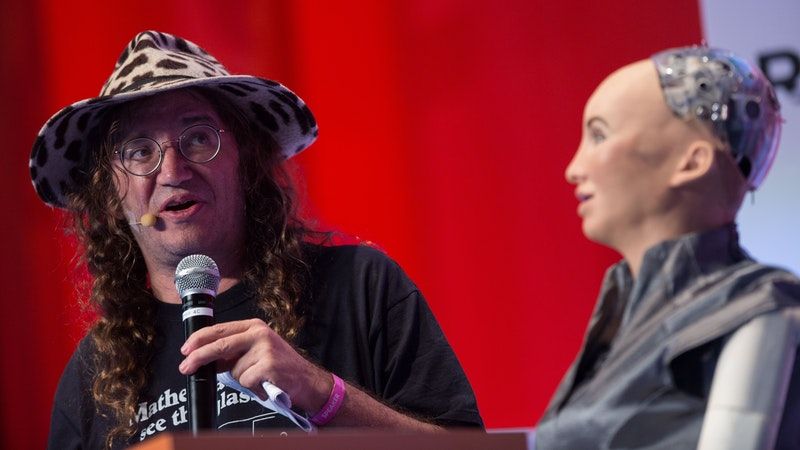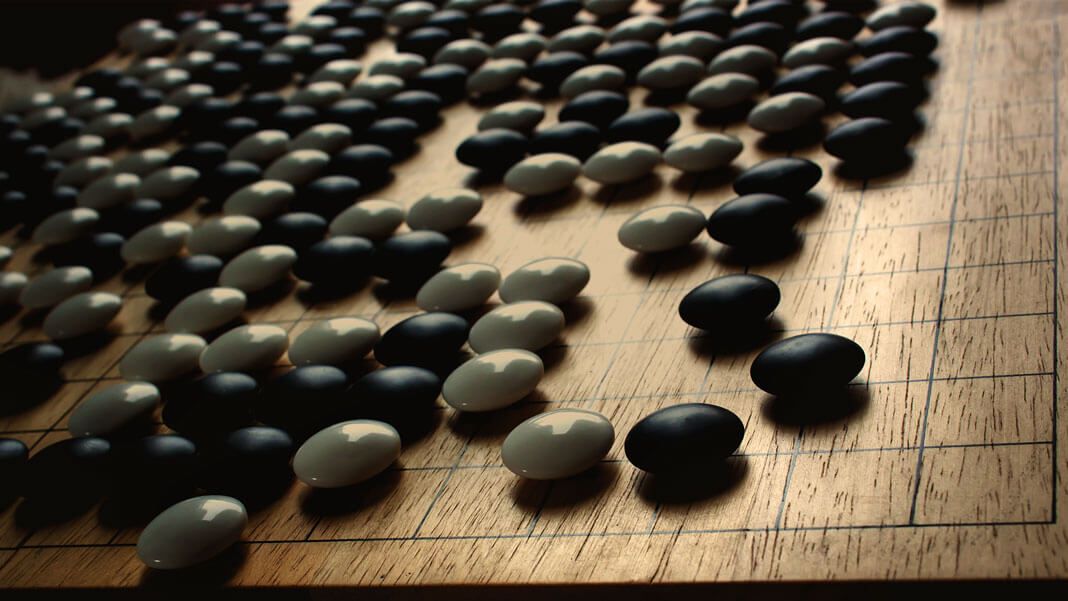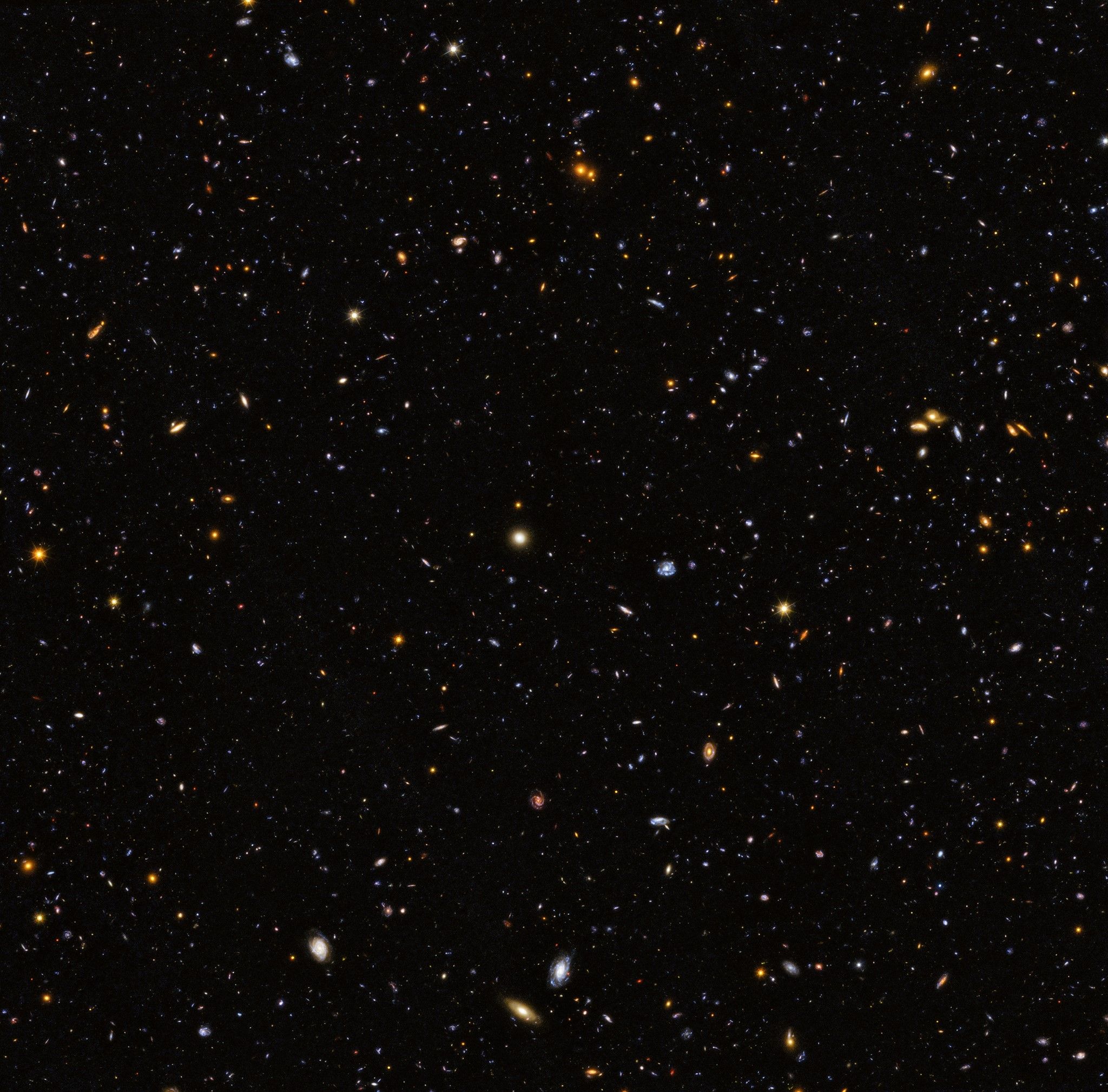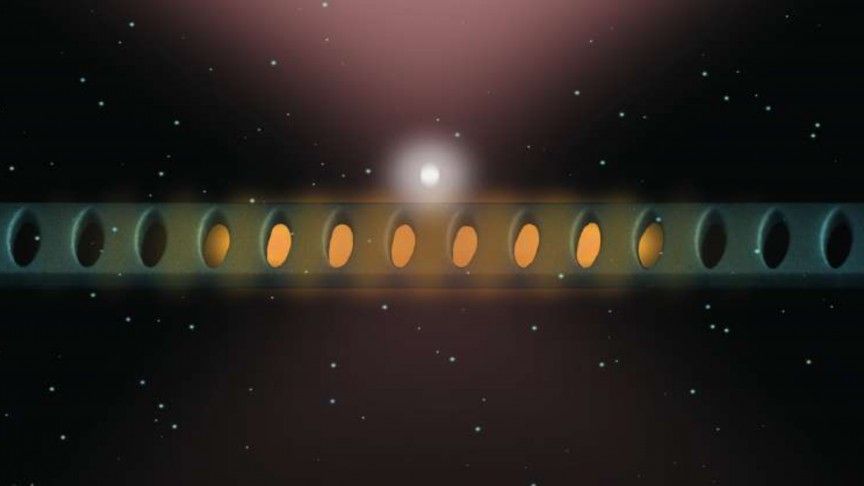By Kate Gill
A.I. robot Sophia is getting a software upgrade, one that will inch her ー and perhaps A.I. ー even closer to humanity. According to her creator, not only will Sophia earn her citizenship in Malta, she will reach a level of advancement equal to human beings in roughly five to 10 years.
“In the long run, I think the broader implications are pretty clear,” Dr. Ben Goertzel, the CEO of SingularityNET and chief scientist at Hanson Robotics, told Cheddar Friday.









